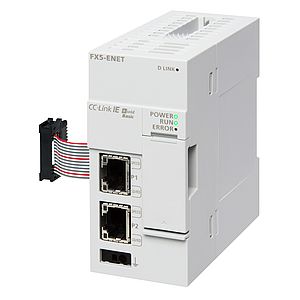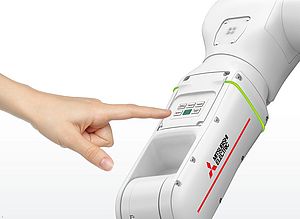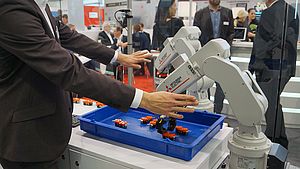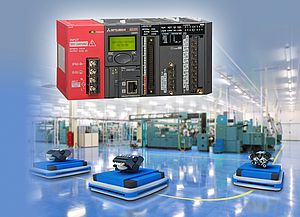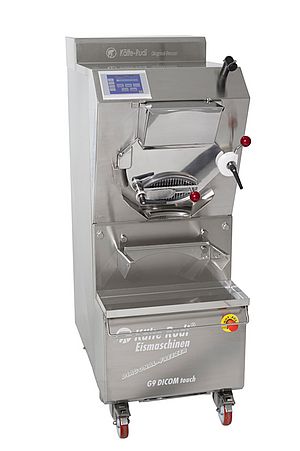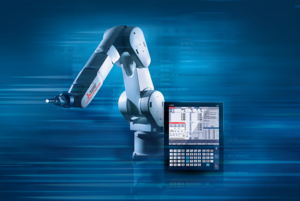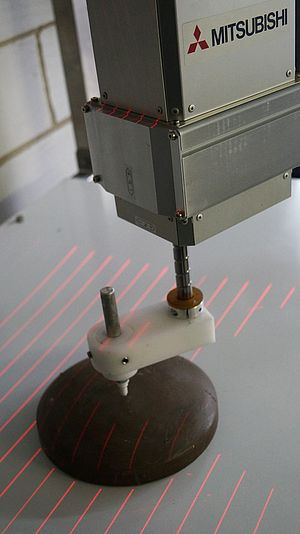For many, the primary barrier to digital transformation is the lack of transparent network paths between the operational technology (OT) on the plant floor and the information technology (IT) in the enterprise systems. The commercial success of a business in today’s competitive environment depends upon both OT and IT staff having quick and easy access to timely relevant data for efficient plant operation and management decisions.
The question, then, is what will form the bridge between these separate levels of the enterprise, how will it deal with the mix of new and legacy technologies on the plant floor, and how will it interface seamlessly with a range of database technologies and management software platforms such as MES and ERP? How, too, will it interface with the Cloud to enable remote plant monitoring and data analysis?
No trivial questions
These are not trivial questions when developing a new bridging technology from scratch. Knowing there are multiple data sources from many different manufacturers that it needs to interface with, might seem an insurmountable challenge. However, to address this part of the challenge SCADA systems have long offered the ability to interact with new and legacy software systems and hardware components. They continue to evolve to meet the interfacing needs of the very latest systems.
Addressing the other part of the challenge, it is becoming clear that OPC UA is the preferred protocol for connectivity between the separate OT and IT worlds. But a conduit without a gateway to manage the data flow would quickly become overwhelmed, particularly given the trend of the Industrial Internet of Things to have all devices linked and communicating. SCADA can provide the bridge between OT and IT, aggregating plant floor data, filtering it and translating it into the required OPC UA format for transmission to the next level of systems.
Transmission of data thorough SCADA bridge
So, with its huge library of built-connectivity options for new and legacy components, third party automation controllers and associated systems - plus, its data translation capabilities, SCADA is the enabler for seamless communications between the plant floor and the wider enterprise. As a bridge between the plant floor and the higher-level systems, SCADA provides the means to contextualise data, adding meaning to the raw information. At the same time, it is able to transform that data into an easy-to-understand graphical representation, enabling users to reap the benefits of improved visualisation and enhanced productivity.
The same SCADA bridge can also be an enabler for the transmission of data to and from the Cloud, again taking advantage of OPC UA as the network protocol of choice. Today’s SCADA applications can even be hosted in the Cloud, supporting web services plus MQTT and IT connectivity such as SNMP or ICMP to monitor IT assets.
Tackling cyber security
A further challenge of digital transformation is that increased connectivity brings increased cyber risk. But again, the latest trends in security within SCADA can help, enabling system developers to implement a robust defence strategy against cyber-attack. This can be achieved as a natural part of the design process, without any compromise on usability. As a result, SCADA becomes the platform for creating advanced, integrated and secure solutions that deliver real value to the business.
These trends and requirements reflect the development work that singles out Mitsubishi Electric’s proven MAPS 4 SCADA platform as a viable foundation for digital transformation. Built on a strong Service Oriented Architecture (SOA), it enables users to develop sophisticated visualisation applications more quickly, while providing optimised features to support IT/OT connectivity.
By Christian Nomine, Strategic Product Manager Visualization, Factory Automation EMEA, Mitsubishi Electric Europe B.V.




